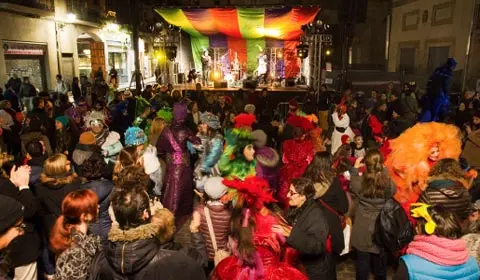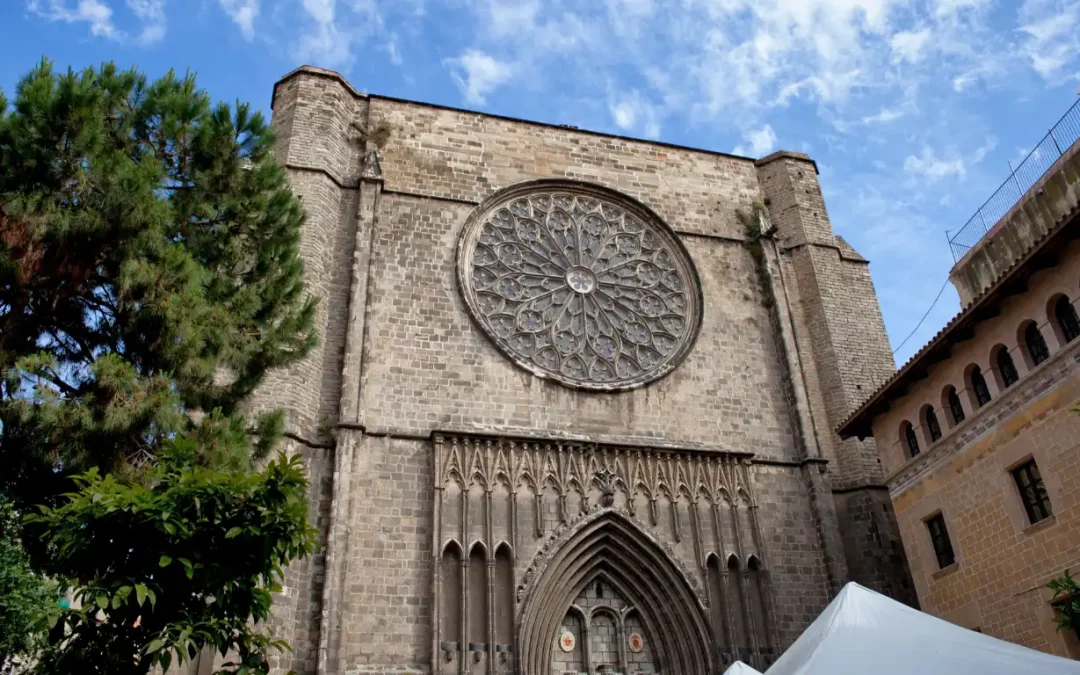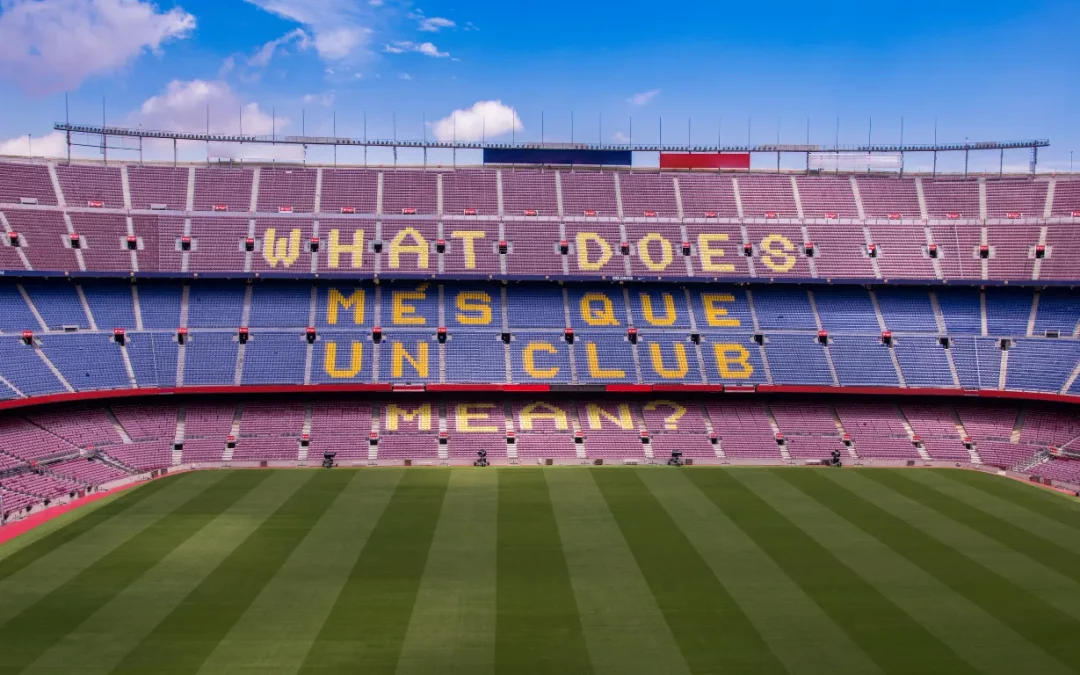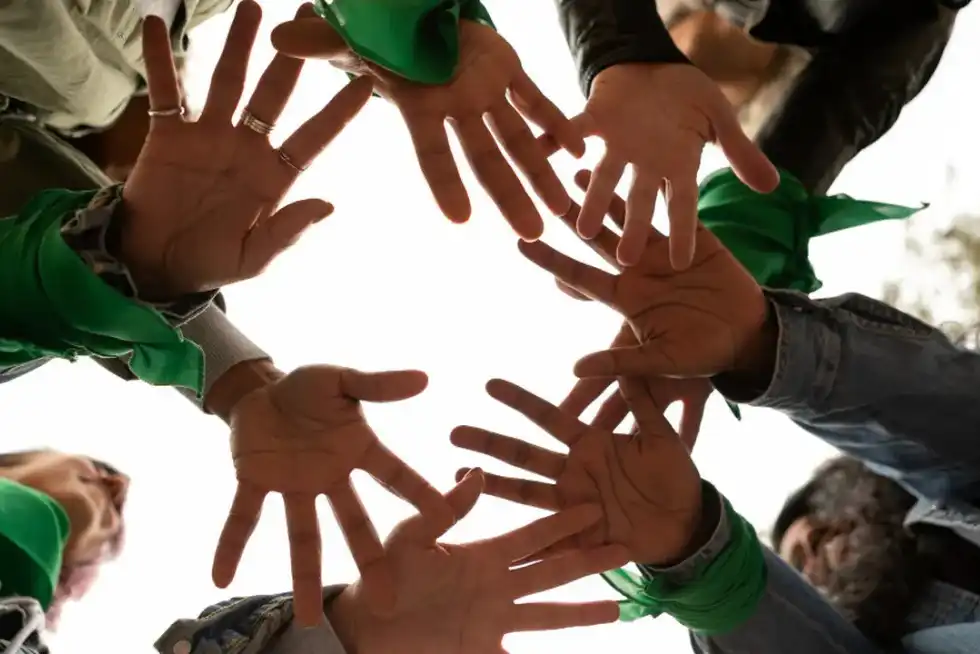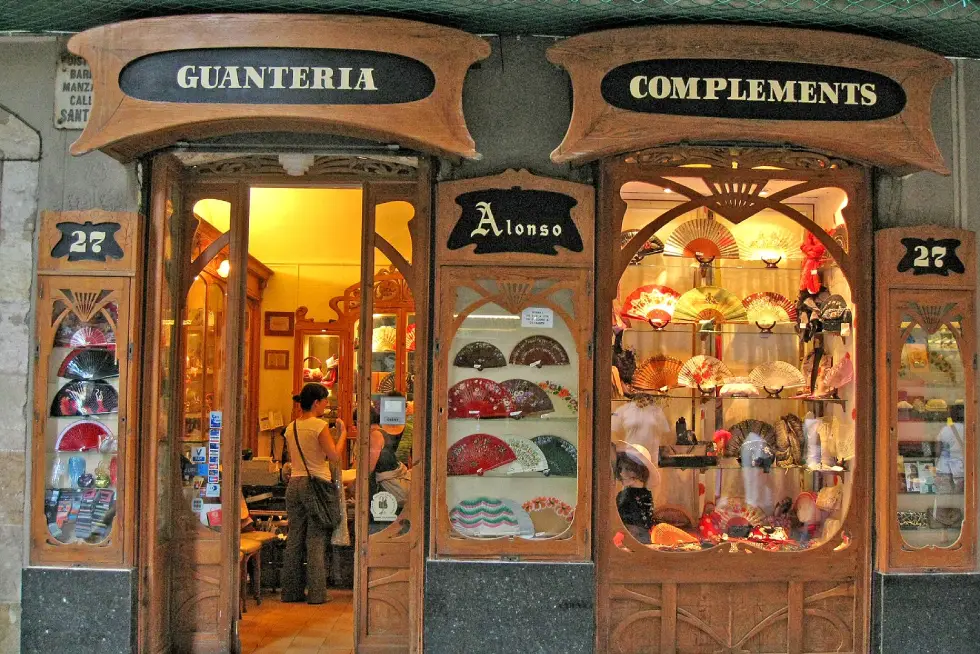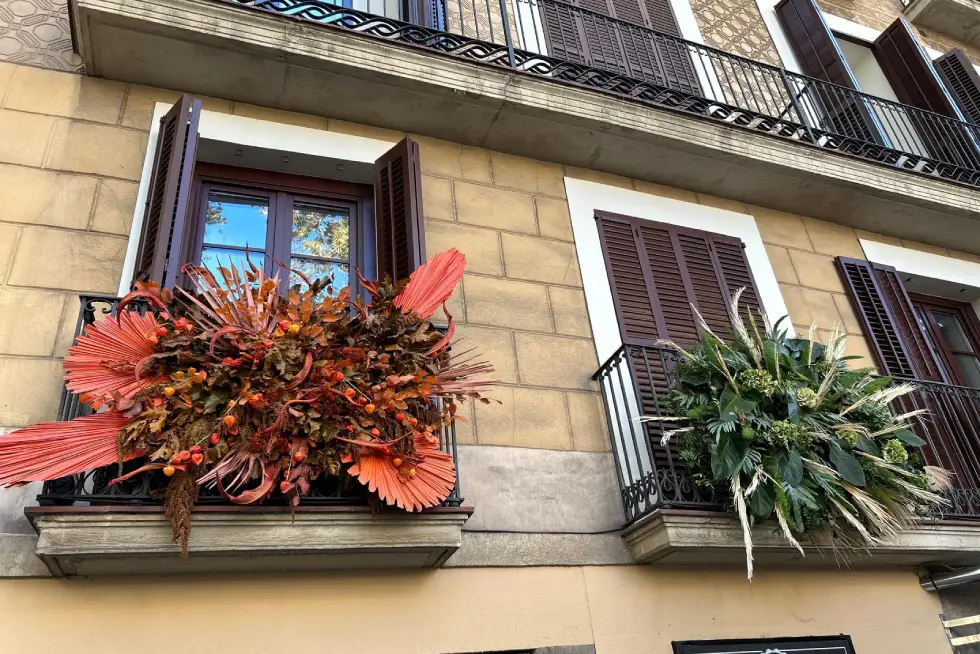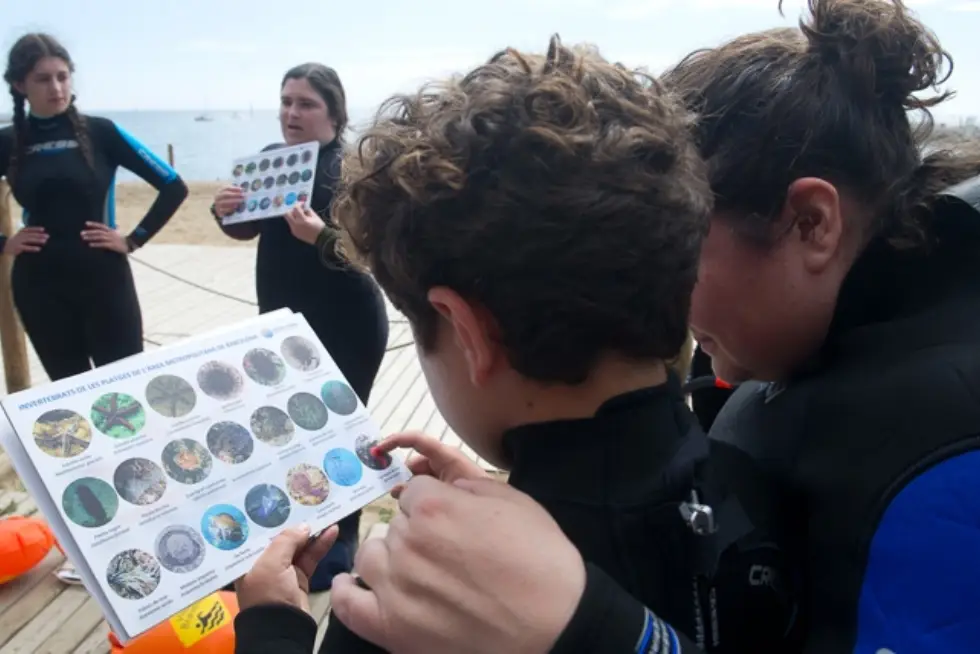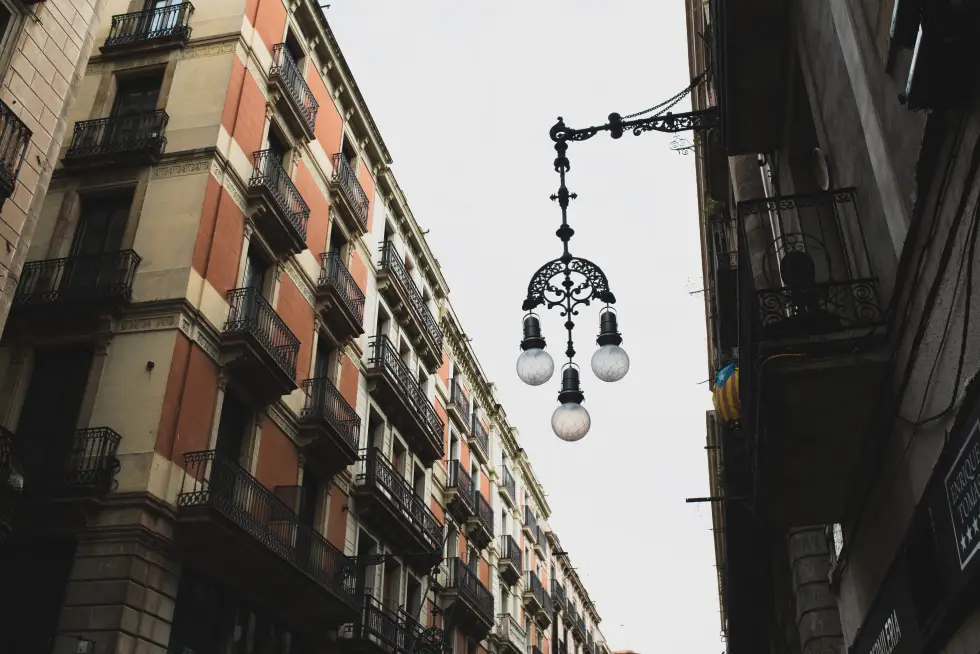Carnival, traditionally known as Carnestoltes in Catalonia, is one of the most popular festivals in the world.
It starts always on the Fat Thursday (Dijous gras) and ends with the burial of the sardine or also, like many towns in the Pyrenees, the burning or burial of the Carnestoltes on Shrove Tuesday, but it depends on the traditions of each village.
The classical food of this period in Catalonia is the botifarra d’ou (the typical Catalan Sausage made with Egg).

The next day is Ash Wednesday, the first day of Lent, 40 exact days away from Easter.
Carnival (“carnem levare” meaning “bring the flesh”) was already celebrated by Egyptian, Jewish, Greek and Roman cultures. It is also related to pagan festivities of joy due to the arrival of the spring, where the disguises were symbolizing the superficial change of the colours in nature.
With Christianity, carnival loses magic and during the Middle Ages it changes into a lustful and permissive festivity.
In that moment, one Thursday in the region of Catalonia the “Carnestoltes” took its own personality and turned into a pleasure seeking / fun lover / partier gentleman; seen as a womanizer and a fond of a laugh joker that was on charge of the village as long as the festivity was on, crowning himself as a king.
The following Tuesday, the citizens of the village, tired of seeing him acting mischievously and making people do their worst, captured him and made him walk around the streets of the town.
Depending on the tradition and the village, the Carnestoltes can be buried, can escape making some disturbs in the city or can be burnt in the main square. After that, people could return happy to their places as peace was restored in town.
This character is represented with pants and shirt stuffed with straw, a hat and a long nose; and for some decades has been symbolizing the Carnival Festivity in Catalonia.
In the old times, as people didn’t have enough resources to by things like masks for the Carnival, the youth started to use ashes to paint their faces and when they saw someone who was not dressed or disguised, people persecuted him with a broom and threw ash and sawdust in order to “make them look as if they were disguised”. If someone was caught working on that day, people used to tie their hands and impose a fine; usually everything was fixed with a glass of wine or something to eat.
The Carnival cycle longs for a week in Barcelona. After a long week of days full of parties and parades, it finishes the Ash Wednesday with “Burial of the Sardine” (“enterrament de la sardina“). This is an old tradition in Barcelona, and lots of kids from different schools bury the sardines in their gardens.
This next Wednesday 18th of February, if you want to see an old tradition, pass by the Ciutadella’s Park a little bit before 11 a.m. and you will see many children’s celebrating the end of the Carnival with the burial, music and with the spirit that characterize this festivity: HAPPINESS! 😉

Burial of the Sardine in Ciutadella Park
REMEMBER!
This Wednesday before 11am. at Ciutadella’s Park! Do not miss it!


